Foreign invasion of NW India: Shakas, Parthians, Kushanas
by Devender
0 3073
Bactrians & Parthians (Iranians) got their independence from the Syrian (Greek) rule in around 300 BC. After around 100 years, B.C. Demetrius, the Greek ruler of Bactria invaded Afghanistan and Punjab. He occupied both of them.
Foreign invasion of NW India
After acquiring both Afghanistan and Punjab, B.C. Demetrius sent 2 of his commanders Appolodotus & Menander from Taxila for further conquest. Appolodotus was able to conquer Sindh & he marched up to Ujjain whereas Menander extended his rule up to Mathura & from there attempted to capture Patliputra. However, Menander was stopped by Vasumitra who was the Grandson of Pusyamitra Sunga.
Menander was also known as Milinda, he formed his capital at Sakala (Sialcot). He took great interest in Buddhism and his dialogues with Buddhist monk Nagsena were compiled in Pali work - Milindpanho which means questions of Milinda. He finally embraced Buddhism under Buddhist monk Nagarjuna.
After this, a Greek ambassador known as Heliodorus, became vaishnavite (Vasudev worshiper). He built the Garuna Pillar at Besnagar (Vidisa) in MP. Gold coins were firstly issued in India by Indo-Greeks.
- Shakas (Iranian Sythians):
- Parthians (Pahlavas):
- Kushanas:
- Kanishka:
Scythians (Shakas) came after the Greeks and they were able to control a much larger part of India than Greeks ever did. They created 5 different branches in 5 different directions of India and Afghanistan.
Rudradaman 1 was the most famous Shaka ruler. He was able to rule not only Sindh but also parts of Gujrat, Konkan, Malwa & Kathiawar. He is also famous for his repair work of Sudarshana lake at Kathiawar. He also issued first-ever long inscription in chase Sanskrit whose he was a lover of.
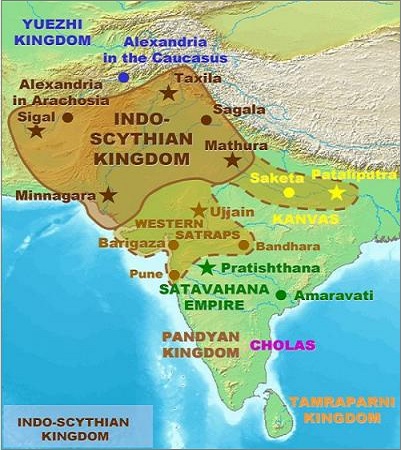
Around 57 B.C, we hear of a king of Ujjain who fought effectively against Shakas & emerged victorious, He called himself Vikramaditya, by whose name is an era Vikram Samvat is reckoned. Henceforth, Vikramaditya became a coveted title & whosoever achieved anything great adopted this title.
Around the 1st century, these Iranians were able to overpower Shakas and overthrew them from Taxila. Gondopherens is the most famous Parthian king in whose reign, St. Thomas visited India to propagate Christianity.
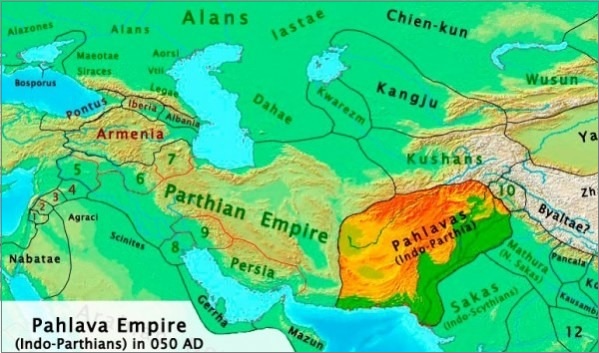
Kushanas were a branch of the Yuchis or Tocharians tribe from north-central Asia basically from the neighborhood of China. They firstly occupied Bactria or North Afghanistan overthrowing Shakas and then moved to Kabul valley. They also seized Gandhara by crossing the Hindukush range, replacing the rule of Greeks & Parthians from these areas.
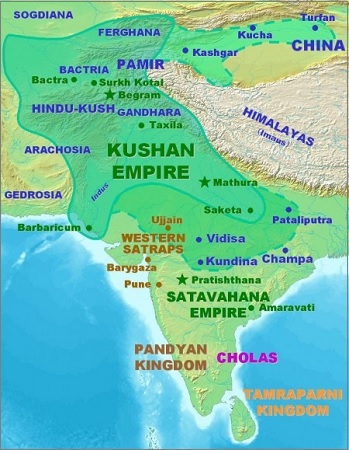
Kadphises 1 was the founder of the Kushana dynasty. He issued coins of his name in Kabul valley. Kushanas eventually set up their authority over the lower Indus basin & the Greater part of the Ganga basin. Son of Kadphises 1 was named as Kadphises 2 who issued gold coins with high sounding titles like Lord of the whole world. He was able to spread his kingdom to the east as far as Mathura.
Kanishka was the most famous ruler of the Kushana dynasty and the founder of the Shaka era. He extended the Kushana empire to new territories and set up his capital at Peshawar (Purushaputra). He was not only a great conqueror but also extended his whole-hearted patronage to Buddhism.
He also issued a large number of gold coins with high purity. He embraced Buddhism but he was also tolerant of other religions which can be seen from his coins that exhibit images of not only Buddha but also of Greek & Hindu gods. He held the fourth Buddhist council in Kashmir and was a great patron of art & Sanskrit.
He patronized many Buddhist scholars like Asvagosha (who wrote saundarananda & Budhhacharita), Nagarjuna & Vasumitra. He also patronized a famous physician of Indian history Charka who wrote Charaksamhita. The last important ruler of the Kushana dynasty was Vasudeva. He was a worshipper of Shiva.Impact of central Asian Contact
Redware pottery, Plain & polished became the typical pottery of this era and better cavalry & use of riding horses on large scale along with the use of turban, tunic, trousers & long coats were introduced by Shakas and Kushanas. Kushanas were the first rulers to introduce the use of large-scale gold coins and controlled the silk trade. Kushanas even adopted titles like King of Kings and Sons of God.
- Gandhara School of Art:
- Mathura School of Art:
The real patrons of this art were Shaka and Kushana rulers especially Kanishka. This art was a mixture of Indian & Graeco-Roman elements. The main theme of this art was Mahayanism or a new form of Buddhism. It Extensively used Stucco & Terracotta in small quantities.
It is famous for the headless erect statue of Kanishka with his name inscribed below. It also produced Buddha sculptures exhibiting spiritual feelings on his face. These were absent in the Gandhara school of art. It also produced stone images of Mahavira, Shiva & Vishnu along with their consorts Parvati & Lakshmi. Also carved out female figures of Yakshini & Apsara beautifully. They extensively used Red Sandstone.

Share:

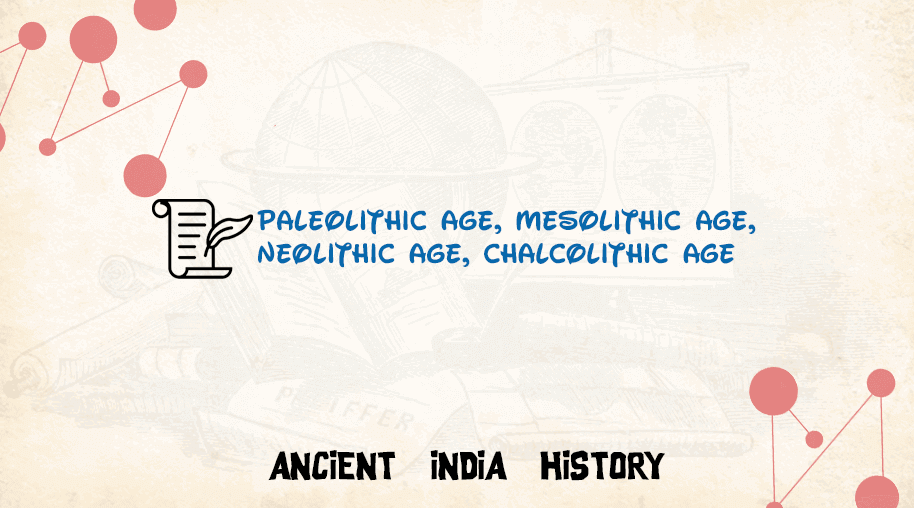
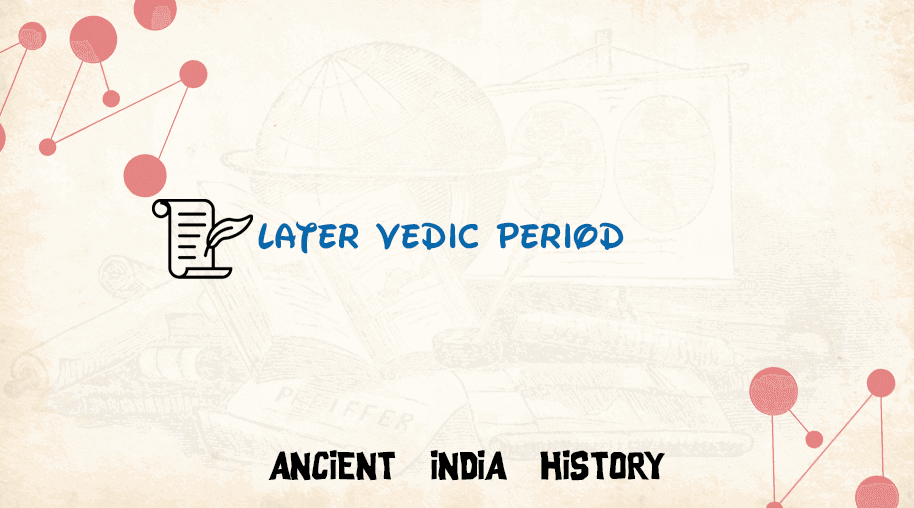
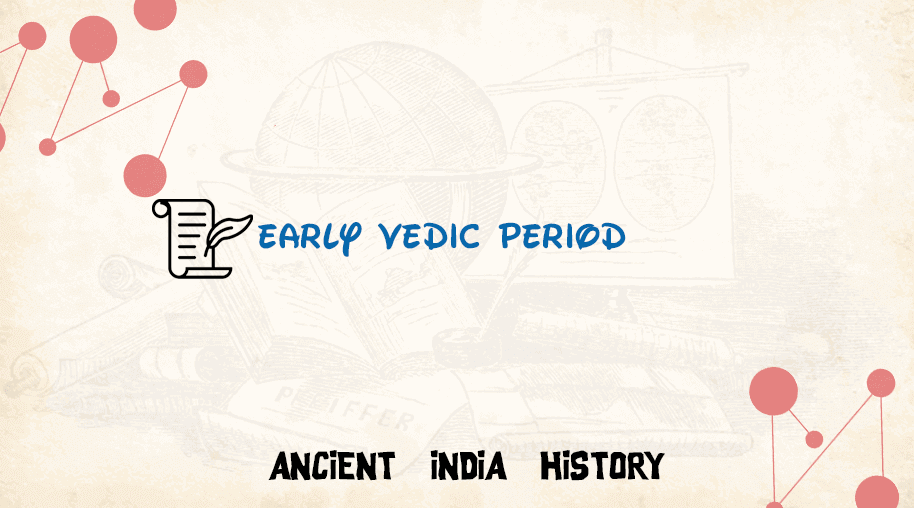
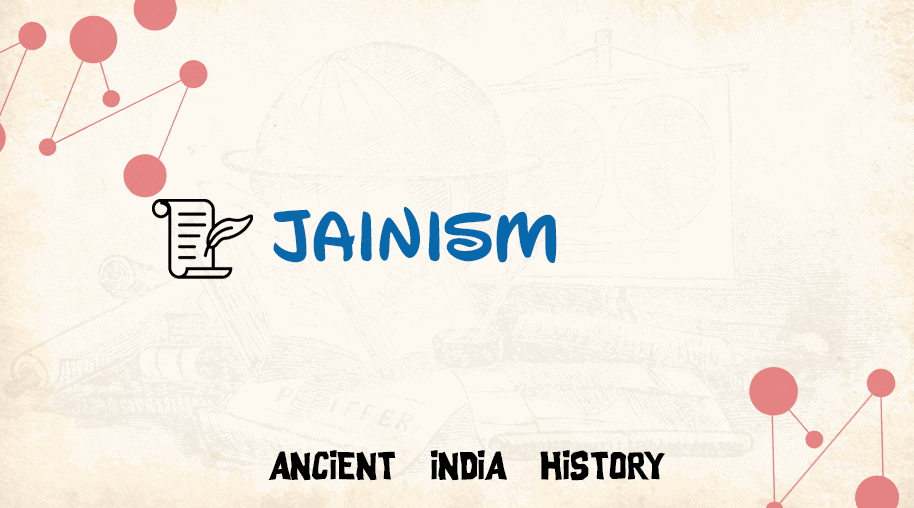


Comments
Waiting for your comments